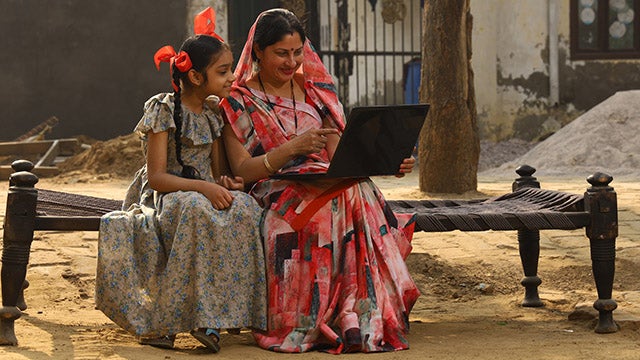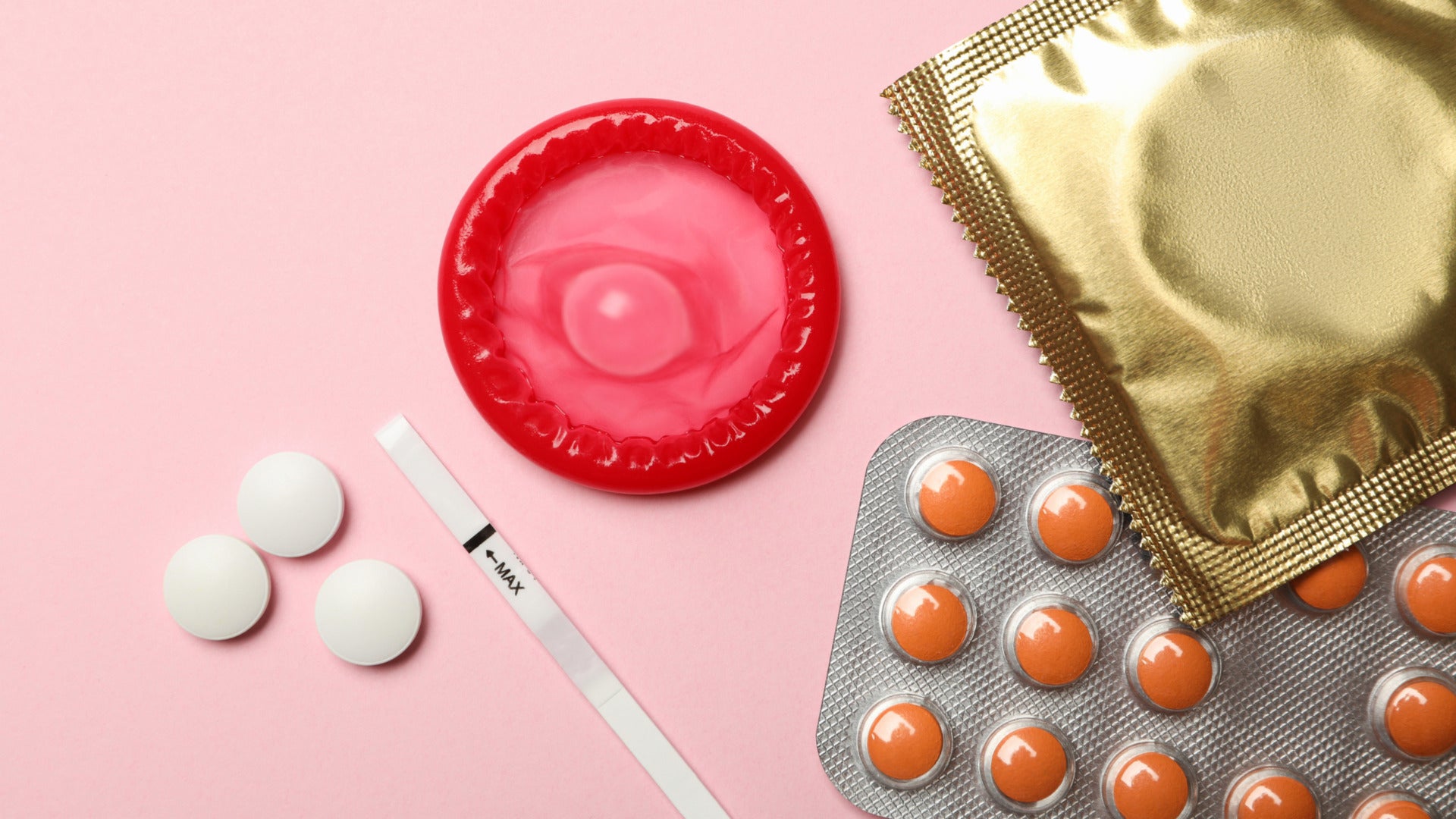When 16 and Pregnant debuted in 2009 – followed soon after by its spinoff Teen Mom – critics decried it as the ultimate in exploitative programing. Pundits declared that turning unmarried teenage mothers into celebrities would glamorize what society knew and data demonstrated was a destructive behavior. This pair of shows is often cited as the most crass of the reality genre, making entertainment out of the serious emotional problems and poor life choices of its subjects. Amber Portwood, one of the season one stars, was arrested and convicted for a domestic violence incident shown on the show. Farrah Abrams, another season one star, has been arrested for drunk driving and has launched a porn career. It is hard to imagine anyone arguing that two shows seemingly focused from the outset on documenting inevitable trainwrecks could make any kind of positive impact on the lives of its audiences.
But that seems to be exactly what happened. Rather than glamorizing the lives of these young women, the drama and conflict – which led to rating success and compelling reality television – also triggered surges in social media conversations among teens about the disastrous side-effects of pregnancy on the life of a teenager. Rather then glamorizing teen pregnancy, the show has instead been linked to a surprising and unprecedented decline.
A recent study by Melissa Kearney, University of Maryland economics professor and director of the Brookings Institution’s Hamilton Project, showed a powerful connection linking 16 and Pregnant and Teen Mom with a plunging birth rate for teenage women in the U.S. Through analysis of Nielsen ratings and corresponding social media data, Kearney and her research partner Phil Levine showed how viewers of 16 Pregnant and Teen Mom were more likely to search for information on birth control and abortion and more likely to see teen pregnancy as a negative outcome.
Between 1991 and 2008 teen pregnancy in this country had an annual decline of just 2.5% a year. In the next four years, coinciding with airing of the programs, the decline tripled to 7.5% per year. The study showed that exposure to the television shows had a sizable effect with 5.7% of the overall 17.6% decline being directly attributable to the show. That means almost one-third of the dramatic total decrease in teen pregnancy can be linked not to state and local public health efforts, not to the work of the National Campaign to Prevent Teen and Unwanted Pregnancy, but to a television program created for profit and primarily known for churning out fodder for tabloid magazine spreads and future sex tapes. That makes MTV reality television the single biggest factor in bringing the teen pregnancy rate to its lowest point in decades. The Teen Mom effect has a greater impact than condom exchanges, traditional sex education and abstinence-only education combined. Public health policy has been trumped by the accidental triumph of MTV.
When it comes to the shows’ ability to exert positive change, their crass and exploitive nature may be a key feature – not a bug – in the system. Teen Mom and 16 and Pregnant are huge ratings successes, and they are frequently the highest rated shows among teen girls. Documentary series meant to effect social change are not a new concept and they continue to populate the airwaves, though mostly on PBS. What separates Teen Mom from a PBSNewshour feature on teen pregnancy is the focus on entertainment. MTV and 11th Street productions are trying primarily to get ratings and make a profit, both of which they have done very well. Any positive societal change is a byproduct at best. The fights, drama and emotional breakdowns portrayed by the show draw the audience – and are very likely what contributes to the declining teen birth rate. A more measured and sober look at the effects of teen pregnancy – say a Frontline episode – would undoubtedly be discussed by social scientists and other cognoscenti but would most certainly fail to move the needle on the birth rate.
If we agree that the same thing that put 16 and Pregnant star Amber Portwood on the cover of US Weekly alongside Jennifer Aniston also caused the unprecedented drop in teen pregnancy, what next? When looking to reproduce the positive social effects of Teen Mom in other areas, the lesson may be that it would be best for the public health agencies and national nonprofits to work with reality television producers to create successful television shows with a stealth message, rather than informative programs with the message front and center that everyone sincerely hopes won’t get laughed off the screen. Aspen’s David Devlin-Foltz, who invited Kearney to present her work as part of a series of conversations with innovative evaluators, notes that “soap operas and prime time dramas have dabbled in ‘edutainment’ for years; now it may be time to get down and dirty with more reality programs; but without trying too hard.”
It would also be valuable to apply the same social media based method of research to other trainwreck-on-TV reality programs, to see if a similar outcome results. Shows such as Intervention and Celebrity Rehab had a similarly stylized approach to a serious and dramatic problem. Did broadcasts of these programs – with their stark portrayal of bottomed-out substance abuse and once-beautiful people wallowing in their complete nadir – trigger a surge in web searches for rehab services? Did drug arrests or overdoses decrease perceptibly in the 24 hours after a particularly difficult episode? When pressed about the exploitative approach of those shows, producers would often cite anecdotal evidence that these programs helped people with drug problems see their options for the first time. While one could be forgiven for dismissing those claims as self-serving, is it possible – after seeing documented evidence of the 16 and Pregnant phenomenon – that the claims bear further study? The findings at the very least would shed light on whether the Teen Mom effect is replicable, and help us begin to understand what reality TV programs can make public health gains and why.
Teen Mom and 16 and Pregnant have stumbled into becoming one of the most surprising public health education successes in recent memory. Now that it is clear that reality television can have such a profound effect, we have a responsibility to treat it as a powerful tool for making social change. If any other program registered this kind of success, advocates and health officials across the country would rush to try out their own versions. For that reason alone, it’s critical to study whether the Teen Mom effect can be scaled and replicated.


